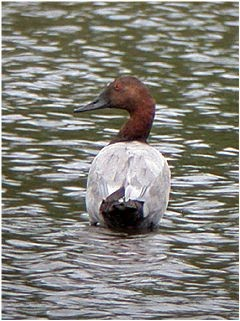While passing Abberton reservoir today in Essex with my good friend Owen Parsons, news broke that a Canvasback was showing well on the causeway. Owen needed the bird for Britain, so we decided to give it a while ago.
I had previously seen the Pennington flash bird in 2002 (see below)

On arrival, the bird was showing really well on the causeway.
This bird is a returning bird from last year and will be the 13th record for the UK if accepted. The canvasback was found associating with a large flock of Common Pochard at Abberton Reservoir last year. If it is a genuine vagrant, there are two previous records from this site involving long-staying birds in 1999 and 2000; these two records were arguably drawn in by the presence of an exceptionally large flock of overwintering Common Pochard. What weighs against it is the fact that they are kept in captivity in the UK. In fact, 6 captive birds were released at Flixton gravel pits in 2020, only 50 miles away from Abberton reservoir. We'll let the powers that be decide on this one!
The Canvasback is the largest diving duck in North America and is very widespread. It breeds in Canada and the northern USA, migrating to the southern USA for the winter. It shares many features with our Common Pochard, with a chestnut red head and neck, a black breast, a greyish back, a black rump, and a blackish brown tail. The drake's sides, back, and belly are white with fine vermiculation resembling the weave of a canvas, which gave rise to the bird's common name. It differs from our Common Pochard in that it has a long, prominent black bill with none of the slatey grey bands always present on adult drake Common Pochard. It is also noticeably larger when seen well next to its European cousin.












No comments:
Post a Comment